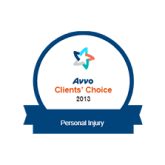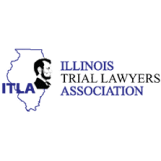Uber Self-Driving Cars
On February 2015, Uber announced its release of automatic cars in Pittsburgh, Pennsylvania. The self-driving cars had 2 cameras, seven lasers, GPS, and a radar. When they first introduced theself-driving technology, a safety driver could take control of the vehicle if anything went wrong.
Pittsburg mayor Bill Peduto welcomed Uber and stated that Pittsburgh would become “ a 21st-century laboratory for technology.” Uber took this opportunity to test in Pittsburgh. They built a fake city called Almono to test the cars in before releasingthem in the real city. The experiments didn’t last very long. The mayor thought the Uber rides would not cost rider, but Uber charged its riders the usual amount. Therefore, he feared Uber self-driving cars also took away jobs.
Then in March 2017, a Uber self-driving car crashed in Tempe, Arizona. They suspended testing the automated cars.
Recently in March 2018, Uber re-released their self-driving cars back onto the streets. But then it struck a pedestrian walking outside of a crosswalk at night. Unfortunately, the pedestrian died due to her injuries. At the time of the accident, the car was in automatic mode.The human operator in the driver’s seat did not take control of the vehicle at the time of the accident.
Once again, Uber self-driving cars suspended testing in Tempe, San Francisco, Pittsburgh and Toronto.
Pausing Their Tests
Uber paused its self-driving car program with no words on when it may resume.
However, recently, the self-driving Uber cars returned to the roads of Pittsburgh. Uber set a condition that they would not drive the car in autonomous mode, Instead, a human safety driver would drive it manually while testing.
Uber does intend to bring back the autonomous cars with its newest technologies to avoid accidents similar to the one that took place in Tempe, Arizona. The company added driver monitoring system to assist the self-driving cars. Additionally, they can track drivers’ eye movements and created a hand free cruise feature.
The company has added another major change: emergency braking and collision avoidance. At the time of the accident in Tempe, this feature had been disabled even though the vehicles radar detects the victim six seconds before the accident.
Due to safety reason, two mission specialists will operate the vehicle. One will sit behind the wheel to monitory vehicle operations. And the other in the passenger seat will record any event and take control when needed.
From manual driven cars to autonomous cars, many tests will continue to take place with real-time different scenarios that the self-driving car may encounter on the road. Uber will work to include features to assist in reducing accidents for any scenario that could possibly take place.














